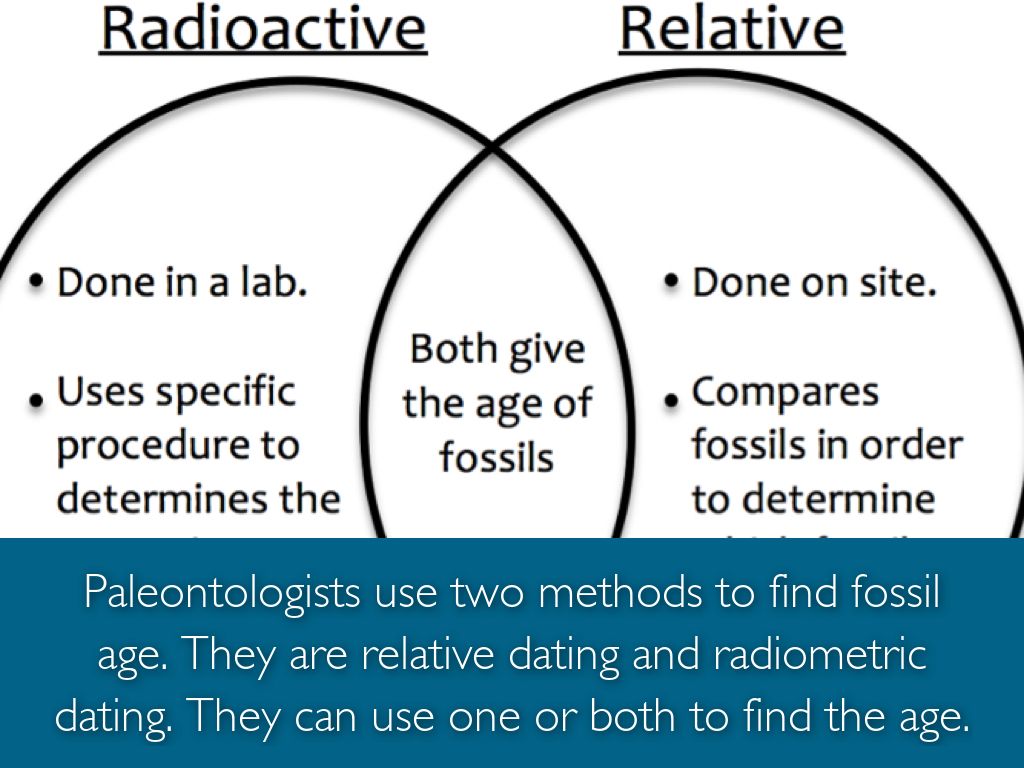Find out the information you need about What Is The Difference Between Relative Dating And Radioactive Dating in this article, all summarized clearly by us.

Relative Dating vs. Radioactive Dating: Unveiling the Past
Have you ever wondered about the captivating tale of our planet’s history? Imagine yourself as an archaeologist, carefully examining a fossil-filled rock formation. How do you determine the relative age of these fossils and piece together the chronological sequence of events that shaped our world? Enter the fascinating world of relative and radioactive dating, two indispensable tools that unlock the secrets of the past.
Relative Dating: A Comparative Glance into the Past
Relative dating, as its name suggests, establishes the relative order of geological events and fossils within a given sequence. It’s akin to arranging a pile of photographs in chronological order based on their appearance, such as the styles of clothing or the presence of certain technological advancements. Relative dating techniques include:
- Stratigraphy: Analyzing the layering of rock strata, with older layers typically found deeper, serving as nature’s chronological archive.
- Superposition: Determining the relative ages of fossils and rock layers based on their vertical position, with younger layers lying on top of older ones.
- Unconformities: Identifying gaps in the geological record, indicating periods of erosion or non-deposition, providing insights into past environmental changes.
Radioactive Dating: Unveiling Absolute Ages
While relative dating provides a comparative timeline, radioactive dating takes the precision to the next level, assigning absolute ages to Earth’s materials. This technique relies on the natural decay of radioactive isotopes, elements with unstable atomic nuclei that emit radiation, transforming into different elements at a constant rate. The age of a sample can be calculated by measuring the ratio of the original radioactive isotope to its decay product.
There are various radioactive dating methods, each employing different decay chains and applicable to different sample types and time scales:
- Carbon-14 dating: Suitable for organic materials up to 50,000 years old, measuring the decay of carbon-14 to nitrogen-14.
- Potassium-argon dating: Ideal for volcanic rocks, determining the decay of potassium-40 to argon-40 over hundreds of thousands of years.
- Uranium-lead dating: Applicable to rocks and minerals, measuring the decay of uranium-238 and uranium-235 to lead-206 and lead-207, spanning billions of years.
Combining Relative and Radioactive Dating: A Comprehensive Timeline
The marriage of relative and radioactive dating techniques has revolutionized our understanding of Earth’s history. By combining the chronological framework provided by relative dating with the absolute ages derived from radioactive dating, scientists have constructed a comprehensive timeline of geological events.
For example, the relative sequence of rock layers in the Grand Canyon, determined through superposition and stratigraphy, has been calibrated with absolute ages obtained using uranium-lead dating. This combined approach has allowed geologists to estimate the age of the canyon’s formation at approximately 70 million years.
Tips and Expert Advice
- Choose the appropriate dating method: Consider the age and material of the sample to select the most suitable relative or radioactive dating technique.
- Ensure sample integrity: Contamination or alteration of the sample can compromise the accuracy of dating results.
- Seek expert guidance: Consult with geologists or geochronologists for professional interpretation and validation of dating results.
FAQs
- Q: How accurate is relative dating? A: Relative dating can provide a general sequence of events but is not as precise as radioactive dating.
- Q: What is the oldest material that has been dated? A: The oldest known material dated using radioactive techniques is a zircon crystal from Western Australia at 4.4 billion years old.
- Q: Can radioactive dating be used to date fossils? A: Yes, radioactive dating can be applied to organic materials if they contain sufficient amounts of datable elements, such as carbon-14.
Conclusion
Relative dating and radioactive dating, like celestial beacons, illuminate the path through the annals of time, enabling us to unravel the chronological tapestry of our planet. These dating techniques have not only advanced our understanding of Earth’s history but have also opened doors to new discoveries in archaeology, paleontology, and climate science. As we continue to refine and develop these methods, we will undoubtedly gain even deeper insights into the origins and evolution of life on our remarkable planet.
Are you intrigued by the unraveling of Earth’s history? Delve further into the fascinating world of relative and radioactive dating to witness the evolution of our planet before your very eyes.

Image: channelone.com
Thank you for reading What Is The Difference Between Relative Dating And Radioactive Dating on our site. We hope you find this article beneficial.